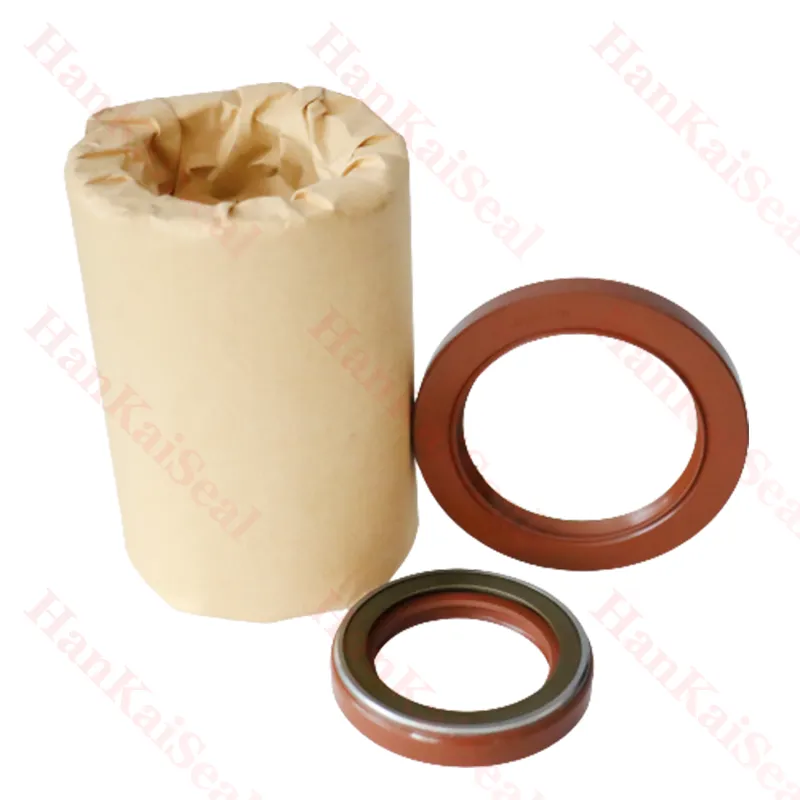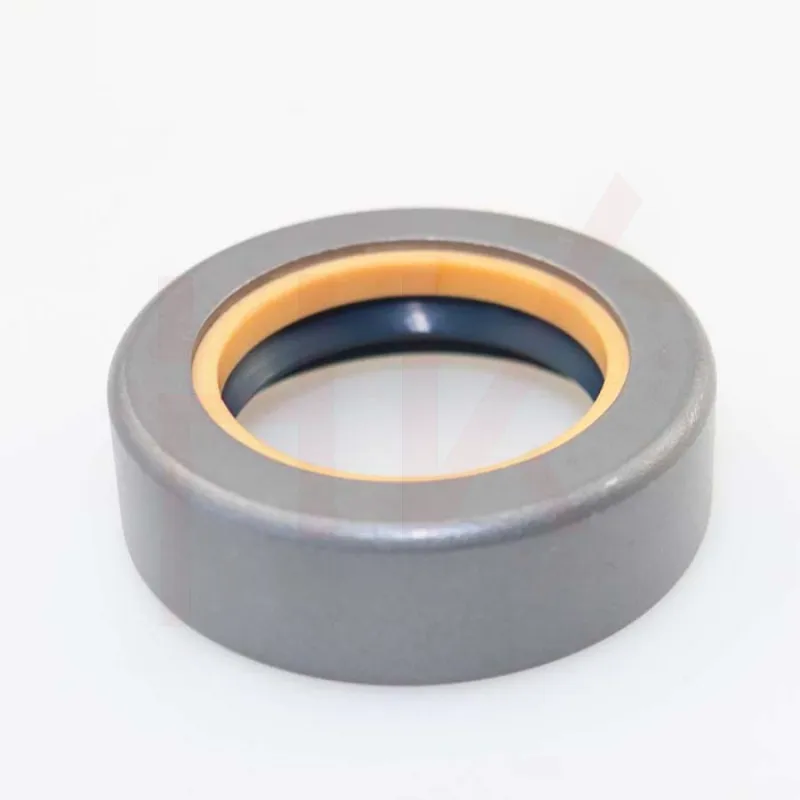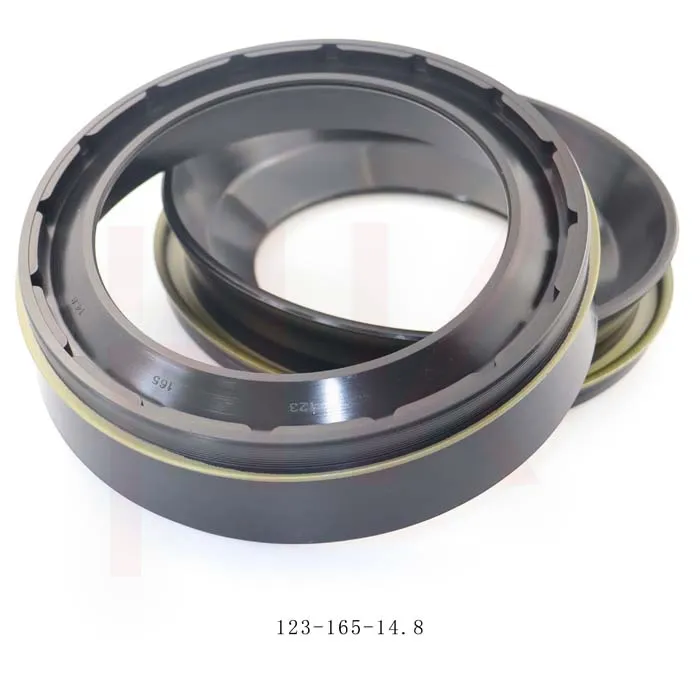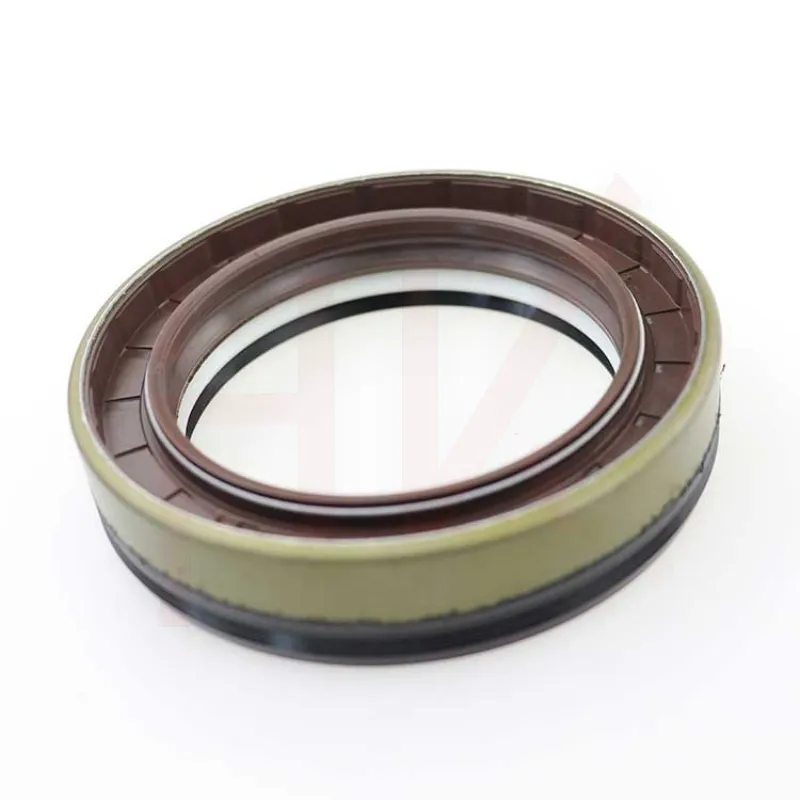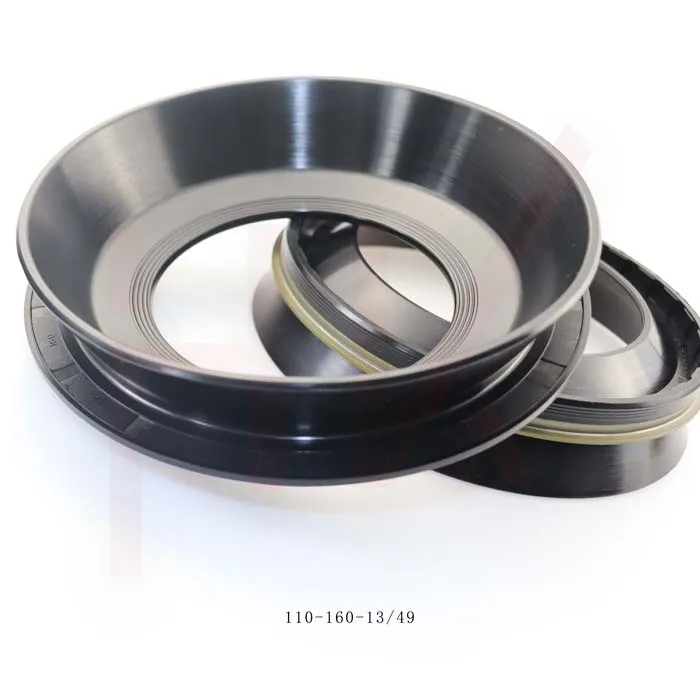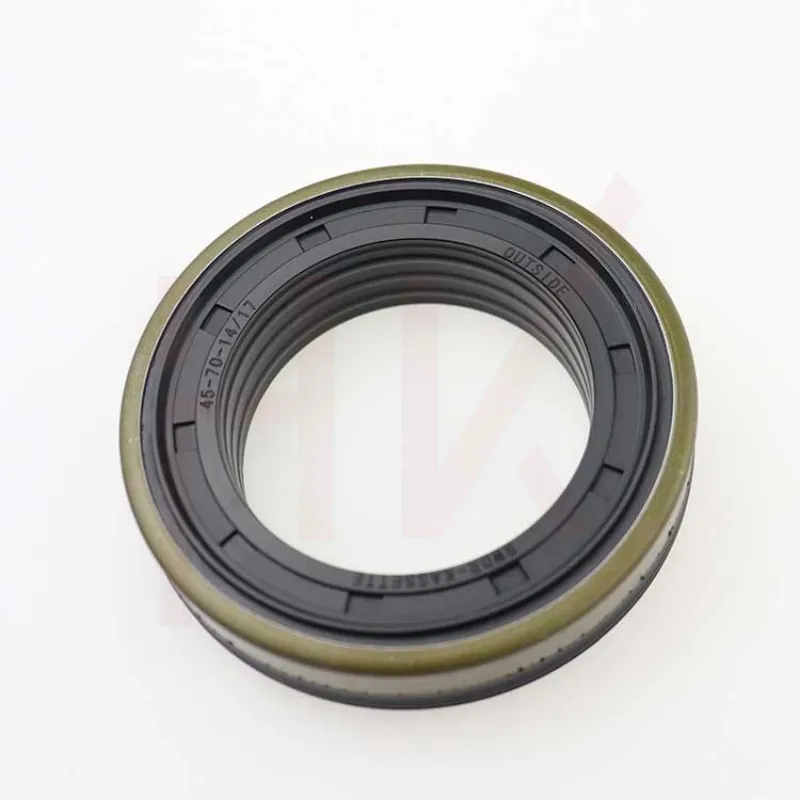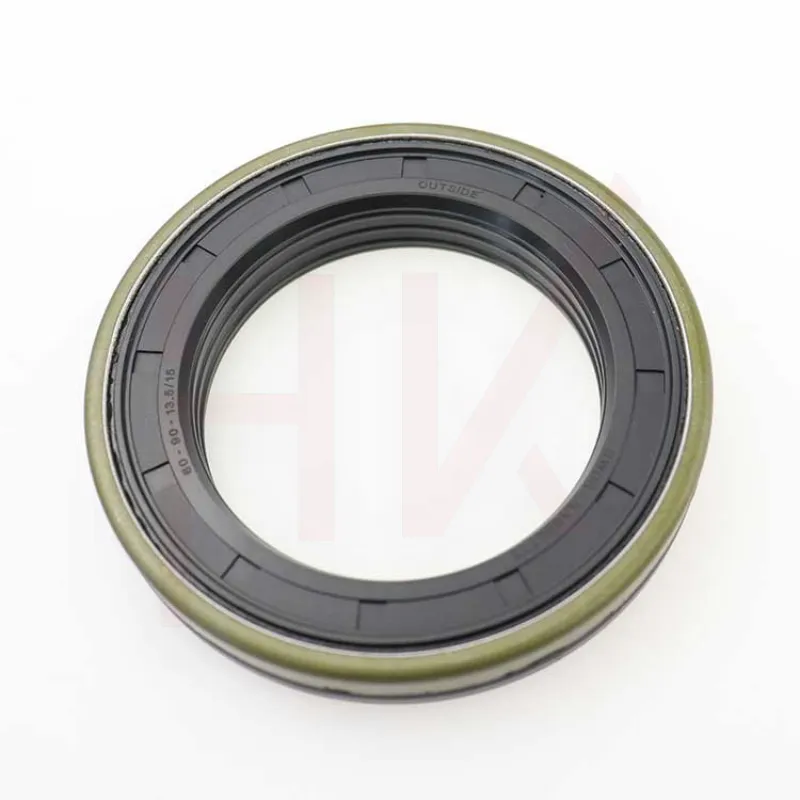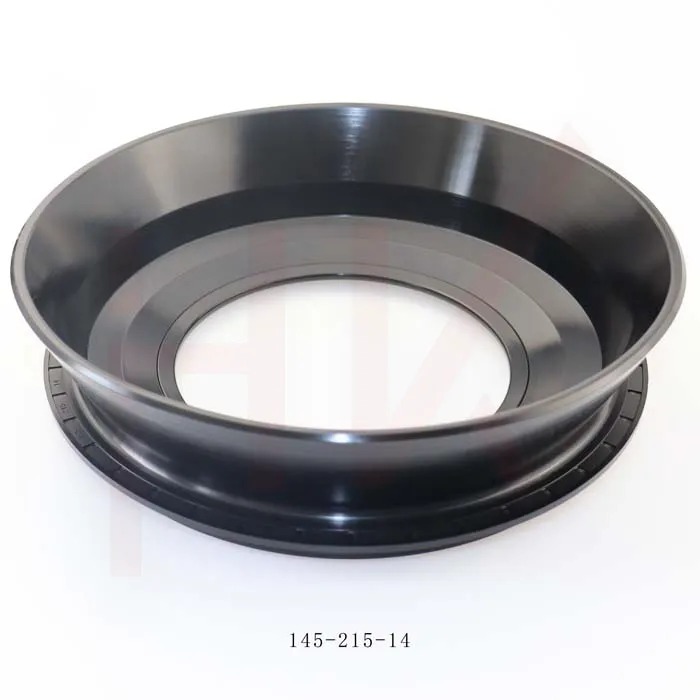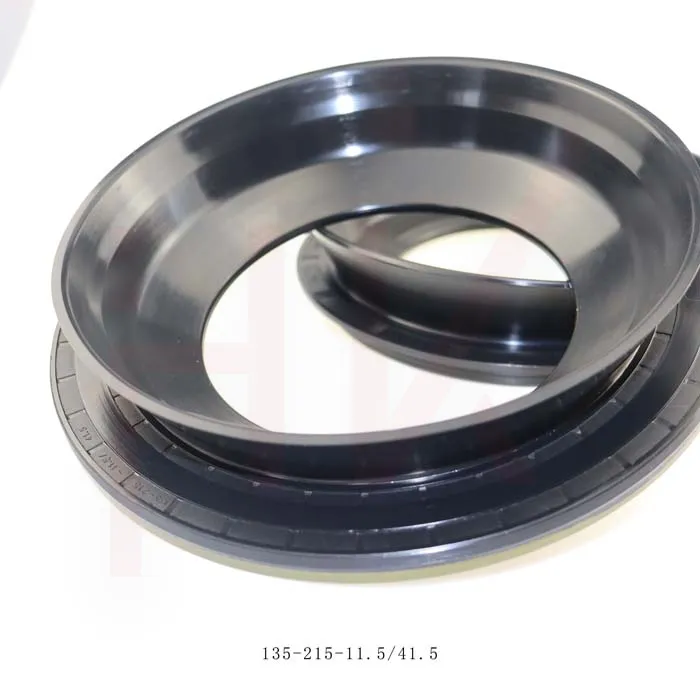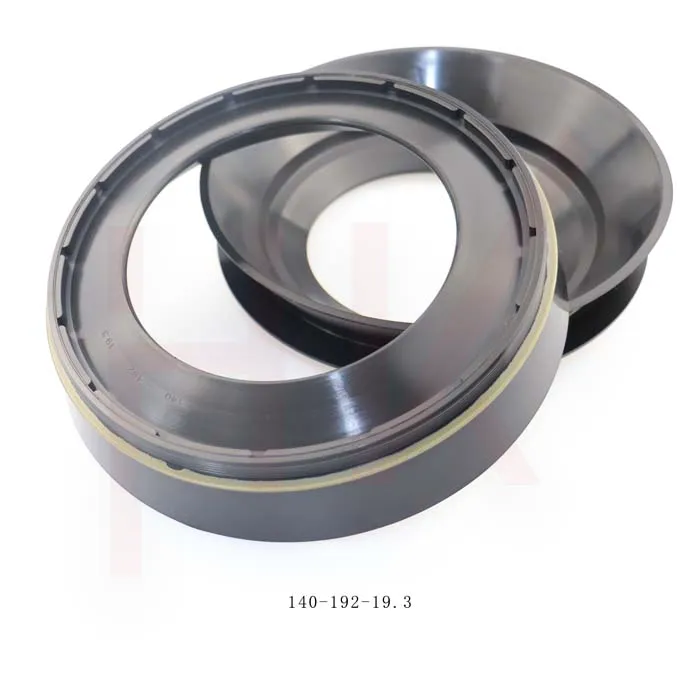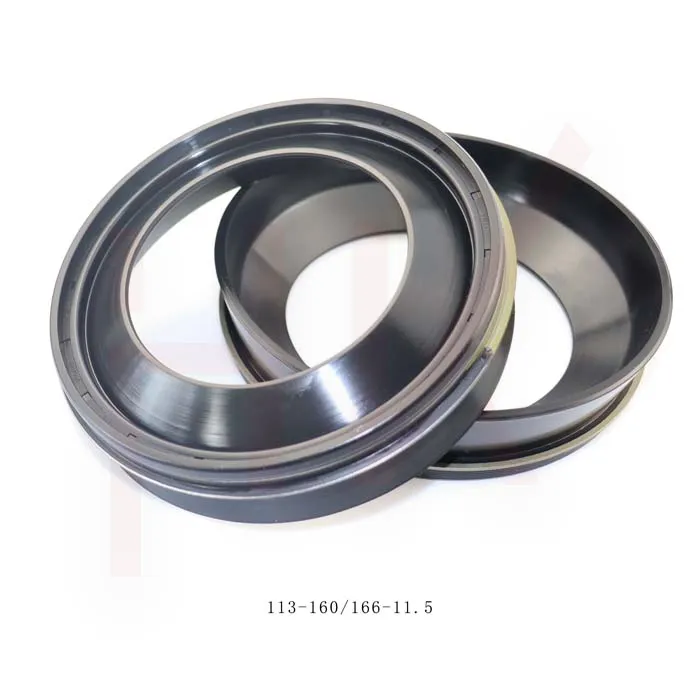Nov . 15, 2025 19:00 Back to list
Wheel Hub Oil: Essential Lubrication for Reliable Wheel Assemblies | HKaiseal
The Critical Role of Wheel Hub Oil in Modern Machinery
If you’ve ever stood by a heavy truck or rolled up close to a huge industrial conveyor system, you might have noticed the subtle but essential presence of wheel hub oil. It’s one of those ‘behind-the-scenes’ heroes that keep everything running smoothly — quite literally. But why should this lubricant warrant our attention on a global scale? In simple terms, wheel hub oil is crucial to the lifespan and efficiency of wheels and axle assemblies in countless machines worldwide.
Understanding its benefits can save enormous costs in maintenance, reduce environmental impact, and improve safety in logistics, construction, and even humanitarian relief. When machines fail due to poor lubrication, the ripple effects span economic losses, project delays, and sometimes risk to human lives — not exactly trivial outcomes.
Wheel Hub Oil: A Global Perspective on Industrial Reliability
On the world stage, industrial machinery accounts for a massive slice of economic output; according to ISO standards and World Bank data, the transportation and manufacturing sectors alone represent trillions of dollars in activity annually. Yet, equipment downtime caused by bearing and wheel failures — often due to insufficient or poor-quality lubrication — remains a universal challenge.
Wheel hub oil has become increasingly significant in regions ranging from North America’s sprawling logistics networks to remote African mining operations. The challenge? Producing lubricants that withstand harsh weather, heavy loads, and extended service intervals while being environmentally responsible.
It’s why engineers and manufacturers worldwide are focused on improving wheel hub oil formulations — to increase uptime and durability.
What Exactly Is Wheel Hub Oil?
In essence, wheel hub oil is a specialized lubricant designed to reduce friction between wheel hub components such as bearings and seals. Unlike standard motor oils, it’s formulated to handle extreme pressures, resist washout from water or mud, and maintain consistency in broad temperature ranges. This makes wheel hub oil indispensable not only in trucks and trailers but also in cranes, agricultural machinery, and even some railcars.
Its role extends beyond mere lubrication: it acts as a protective barrier against rust, corrosion, and contaminants that might otherwise degrade the critical components.
Why does this matter beyond trucks and factories? Because in many humanitarian and industrial situations — say, delivering clean water supplies in disaster zones — the dependability of vehicles hinges on components kept healthy by reliable wheel hub oil.
Core Qualities of Effective Wheel Hub Oil
1. Durability Under Pressure
Wheel hubs face constant rotational stress paired with axial loads. A robust lubricant must remain stable under these pressures to avoid premature bearing wear. I’ve seen cases where cheaper oils thin out too fast, causing heat and metal fatigue.
2. Resistance to Contaminants
Vehicles don’t operate in clean labs. Dust, water, and road salts can infiltrate wheel hubs. Quality wheel hub oil repels moisture and traps dirt particles, preventing abrasive damage.
3. Temperature Tolerance
From the freezing winters of Scandinavia to the scorching deserts of the Middle East, wheel hub oil must keep its viscosity stable. Too thin? It leaks or fails to protect. Too thick? It strains the bearings.
4. Compatibility with Sealing Materials
Modern hub assemblies use various seals and gaskets. The oil needs to be chemically compatible so it doesn’t degrade these components over time.
5. Environmentally Friendly Formulations (Emerging Trend)
More manufacturers now push “bio-based” or low-toxicity oils to reduce environmental impact in case of leaks or disposal — a nice step forward.
Mini takeaway: Quality wheel hub oil isn’t just oil. It’s a carefully engineered fluid balancing strength, protection, and eco-considerations.
Practical Uses Around the World
Industries and areas worldwide lean on wheel hub oil in vastly different ways:
- Transportation fleets: Long-haul trucks in the United States and Europe rely on consistent oil performance to avoid costly roadside breakdowns.
- Construction equipment: In booming Asian metropolises, heavy machinery working on skyscrapers needs specialized lubricants for maximal uptime.
- Mining in Africa and Australia: Harsh, dusty environments demand wheel hub oils with superb contaminant resistance.
- Disaster relief operations: Rapid deployment vehicles servicing remote locations need oil that won’t fail under diverse climates.
For example, during the 2020 wildfires in Australia, relief trucks equipped with high-quality wheel hub oil reported far fewer breakdowns, a testament to the lubricant’s role in operational reliability.
Wheel Hub Oil Specifications at a Glance
| Specification | Typical Value |
|---|---|
| Viscosity (at 40°C) | 150–200 cSt |
| Flash Point | >200°C |
| Pour Point | -30°C to -40°C |
| Water Resistance | Excellent (No emulsification) |
| API Classification | GL-5 or above |
Comparing Leading Wheel Hub Oil Vendors
| Vendor | Formulation Type | Key Features | Price Range (per liter) |
|---|---|---|---|
| HKaiseal | Synthetic blend | High temperature stability, eco-friendly options | $12–$18 |
| LubriMax | Mineral oil base | Cost-effective, good water resistance | $8–$14 |
| EcoLube | Bio-based | Low toxicity, biodegradable | $15–$22 |
Why Choose Quality Wheel Hub Oil? Advantages Beyond the Surface
Investing in the right lubricant isn’t just a bottom-line decision. It’s about safety, reliability, and sustainability. From a practical angle, proper lubrication:
- Extends the lifespan of wheel bearings by up to 40%, reducing replacement expenses.
- Decreases vehicle downtime — which, in logistics, can be the difference between a deadline met or missed.
- Minimizes environmental leaks and contamination risks due to advanced formulations.
On a human level, fewer mechanical failures mean safer roads and more assured deliveries — especially vital in remote or emergency contexts.
Frankly, it inspires a kind of quiet trust; not flashy, no headlines, but you feel it every time your equipment starts flawlessly.
The Road Ahead: Innovations Shaping Wheel Hub Oil
Looking forward, the evolution of wheel hub oils embraces greener ingredients, smarter additives, and digital monitoring integration. Imagine oils that self-indicate contamination or wear through embedded sensors — no longer science fiction.
Nanotechnology is also making a splash, providing ultra-thin but incredibly effective lubrication films, reducing friction far beyond traditional formulas. Meanwhile, international sustainability standards push vendors towards reduced carbon footprints, biodegradability, and closed-loop recycling.
It’s a fascinating interplay of chemistry and tech, aimed at balancing performance with planet-sensitive pragmatism.
Challenges & Practical Solutions
Of course, no lubricant is perfect. In extreme conditions — think deep mud, saltwater exposure, or multi-week deployments without service — breakdowns still happen. The key challenges include:
- Seal failures: Allowing contaminants inside, accelerating wear.
- Oil degradation: Over time and heat cycles, losing viscosity.
- Cost pressures: Sometimes clients opt for cheaper oils that don’t last.
Experts suggest regular maintenance checks, adopting predictive analytics for proactive oil changes, and choosing formulations tailored exactly to the operating environment. The days of one-size-fits-all lubrication are fading fast.
FAQ: Your Top Questions About Wheel Hub Oil
Q: How often should wheel hub oil be changed on heavy vehicles?
A: It varies by manufacturer but roughly every 12,000 to 20,000 miles or annually, whichever comes first. Operating conditions can speed this up, so always consult your service guide and inspect for contamination signs.
Q: Is synthetic wheel hub oil better than mineral oil?
A: Synthetic oils generally offer greater temperature stability and longer service life, but at a higher upfront cost. Mineral oils can suffice in moderate climates and usage but might require more frequent replacement.
Q: Can wheel hub oil withstand water immersion?
A: Quality oils feature water resistance and won’t emulsify easily. However, extended submersion or seal leaks can still cause contamination requiring oil replacement.
Q: Where can I buy specialized wheel hub oil?
A: Trusted industrial suppliers or brands like HKaiseal provide dedicated wheel hub oil products with clear specs — always opt for certified vendors to ensure quality.
Summing It Up: Why Wheel Hub Oil Matters in the Long Run
All in all, wheel hub oil isn’t just a lubricant — it’s a silent sentinel, holding the delicate balance of friction and protection in critical wheel assemblies worldwide. From the dusty mines of Africa to the highways of Europe, its role shapes reliability, safety, and sustainability.
If you’re in charge of machinery or fleets, investing time to understand and choose the right wheel hub oil will pay dividends. And for anyone interested in innovation, it’s a quiet frontier where chemistry meets real-world grit.
Curious for more? Visit our website https://www.hkaiseal.com to explore top-quality wheel hub oils tailored for your needs.
References:
-
Reliable Oil Seal Wheel Hub Solutions for Industrial & Automotive Use
NewsNov.17,2025
-
Durable Front Hub Oil Solutions for Industry – HKAiSeal
NewsNov.17,2025
-
Wholesale Hydraulic Pump Motor Seal Kit A4VSO250 | In Stock
NewsNov.17,2025
-
Pump Seal Kits: Essential Components for Industrial Reliability
NewsNov.17,2025
-
TCV Oil Seal - Double-Lip, Spring-Loaded, High Temp & Wear
NewsNov.17,2025
-
Hydraulic Seal Kits: Reliable Solutions for Industrial Equipment
NewsNov.17,2025
-
Combined oil seal 659214 12001903B, fits 119990, NBR OEM
NewsNov.17,2025
Products categories

